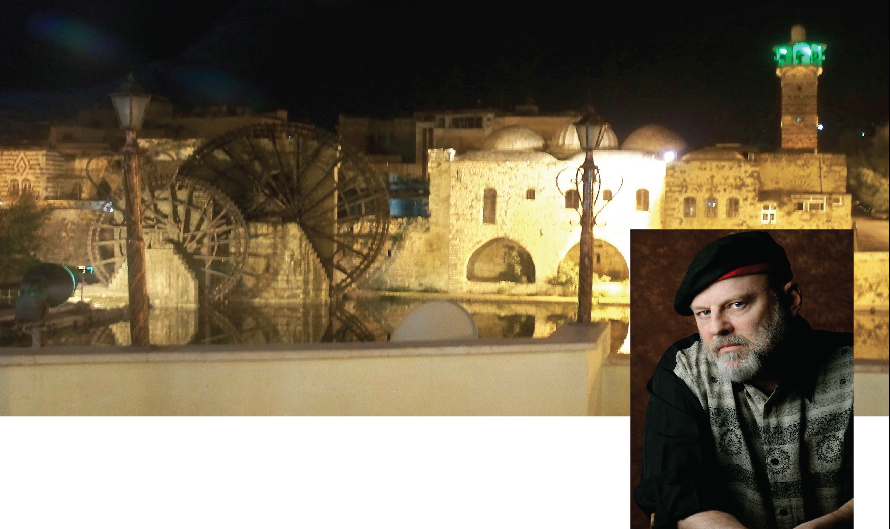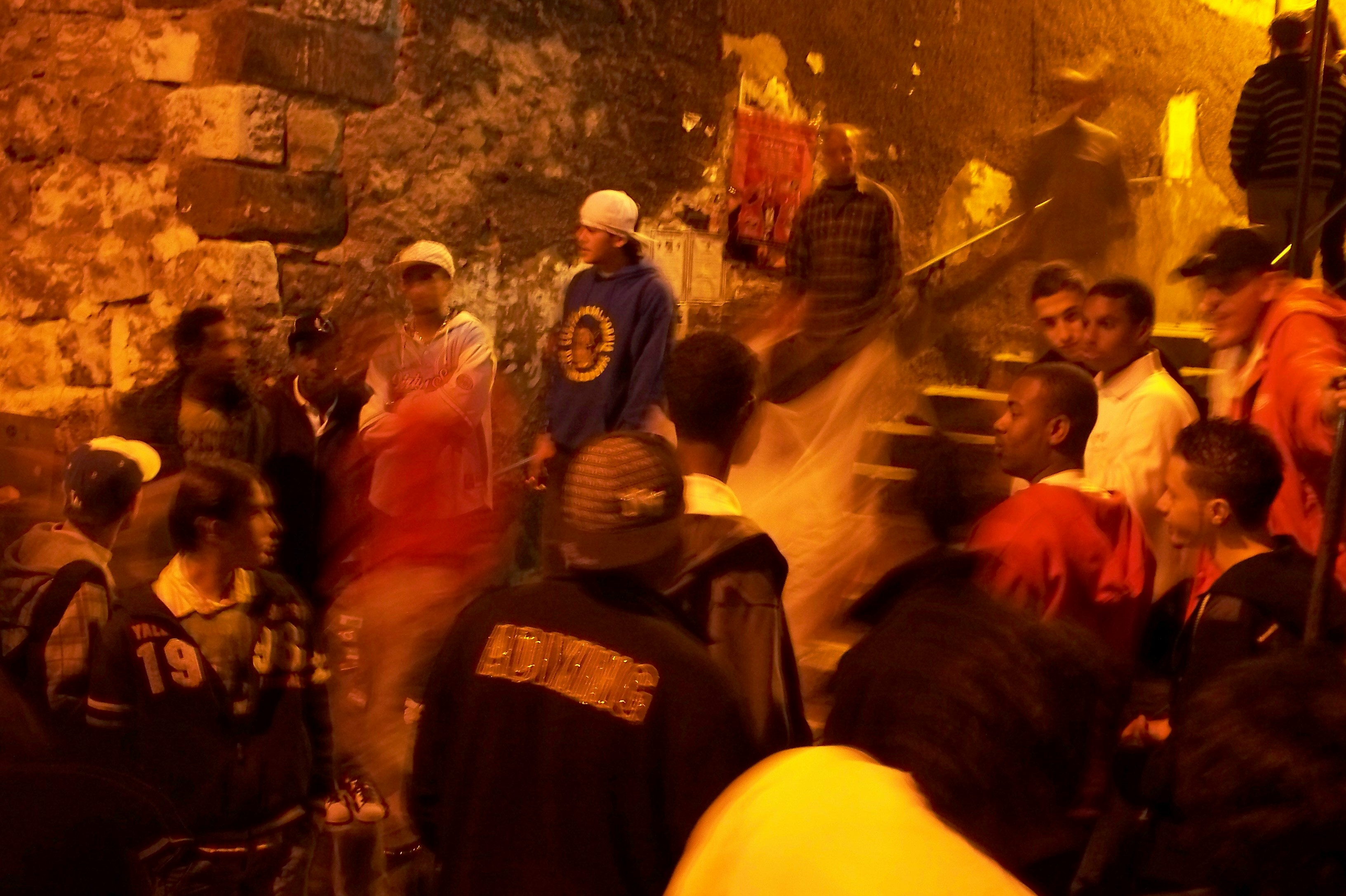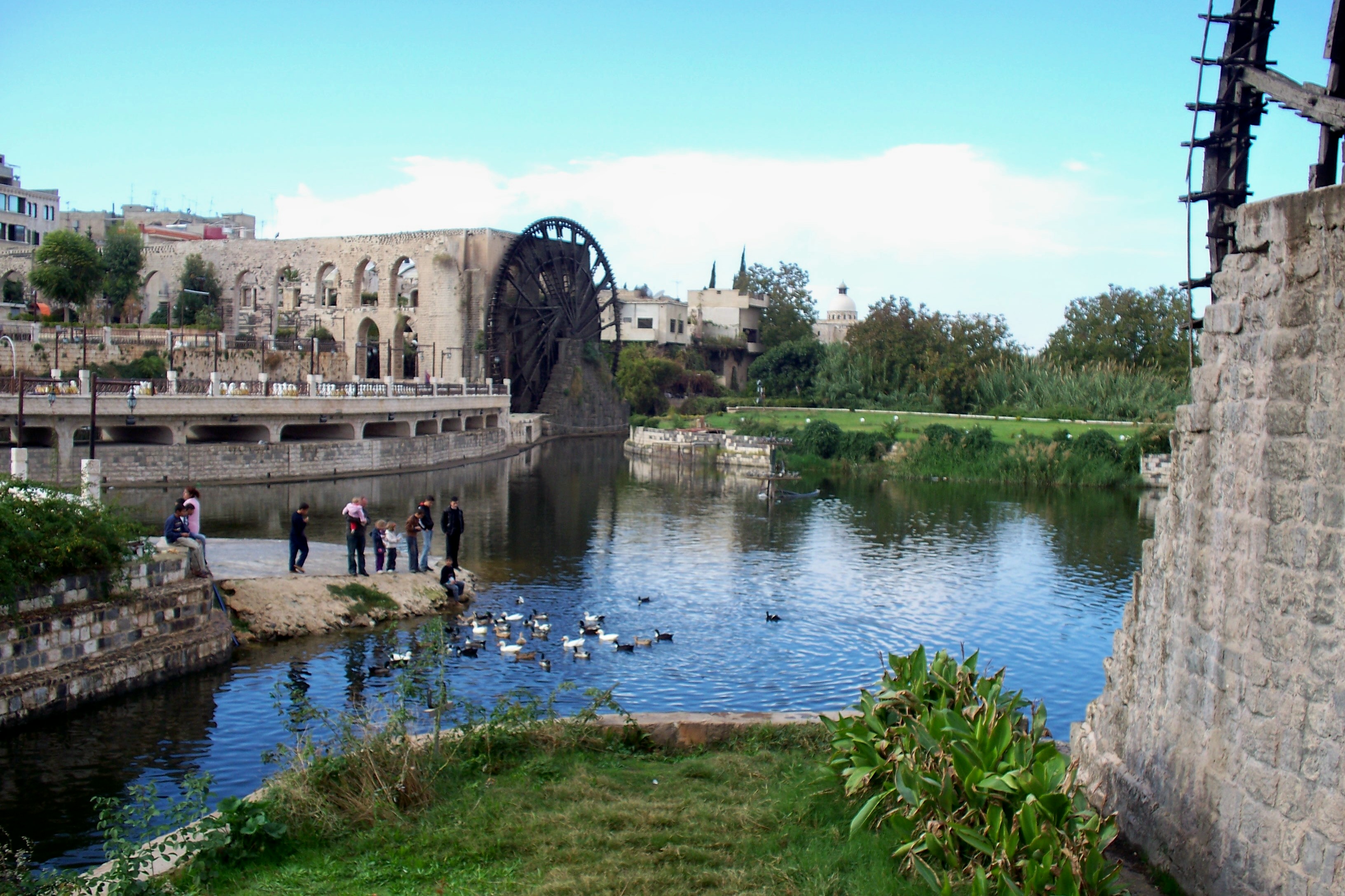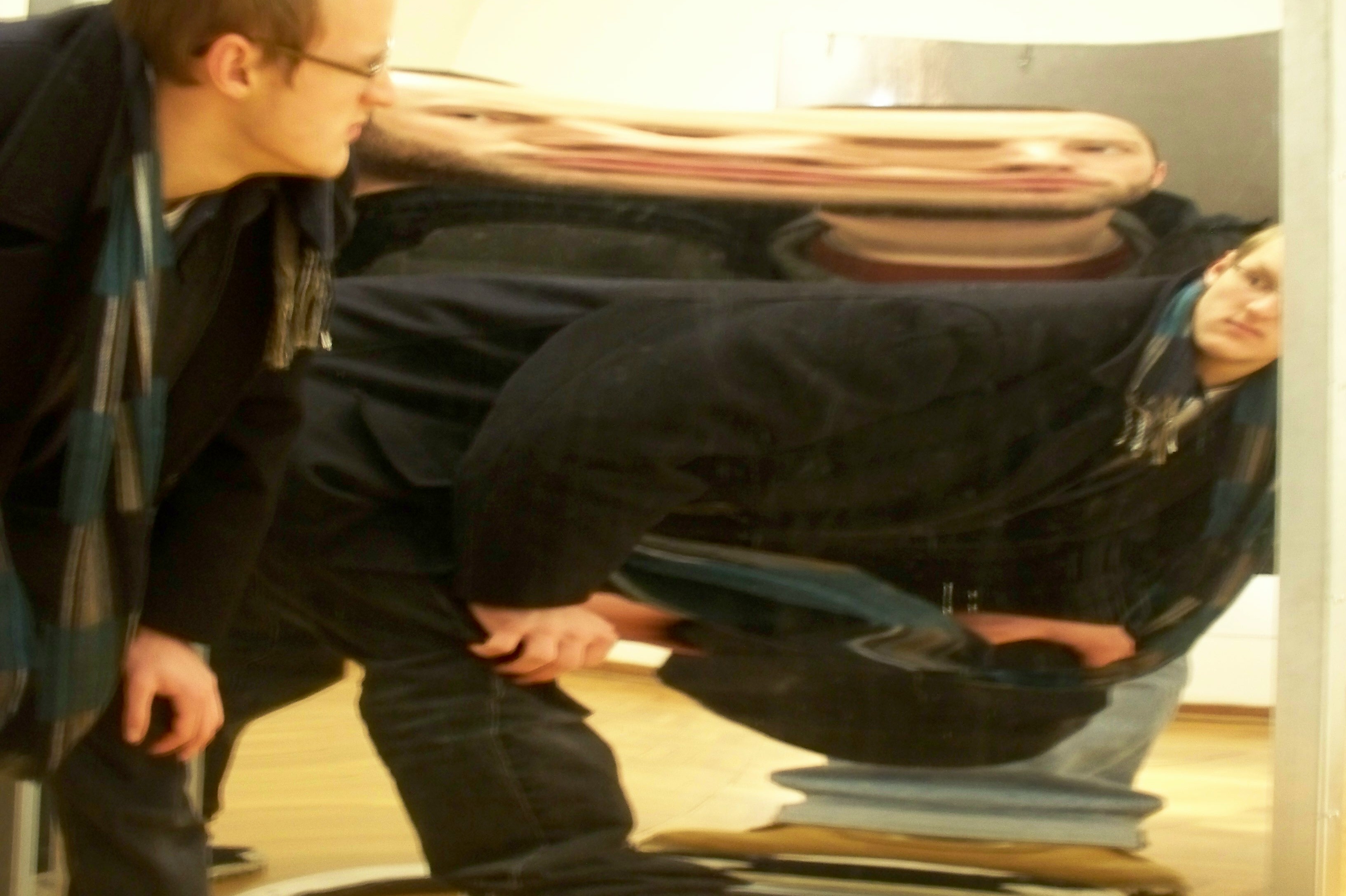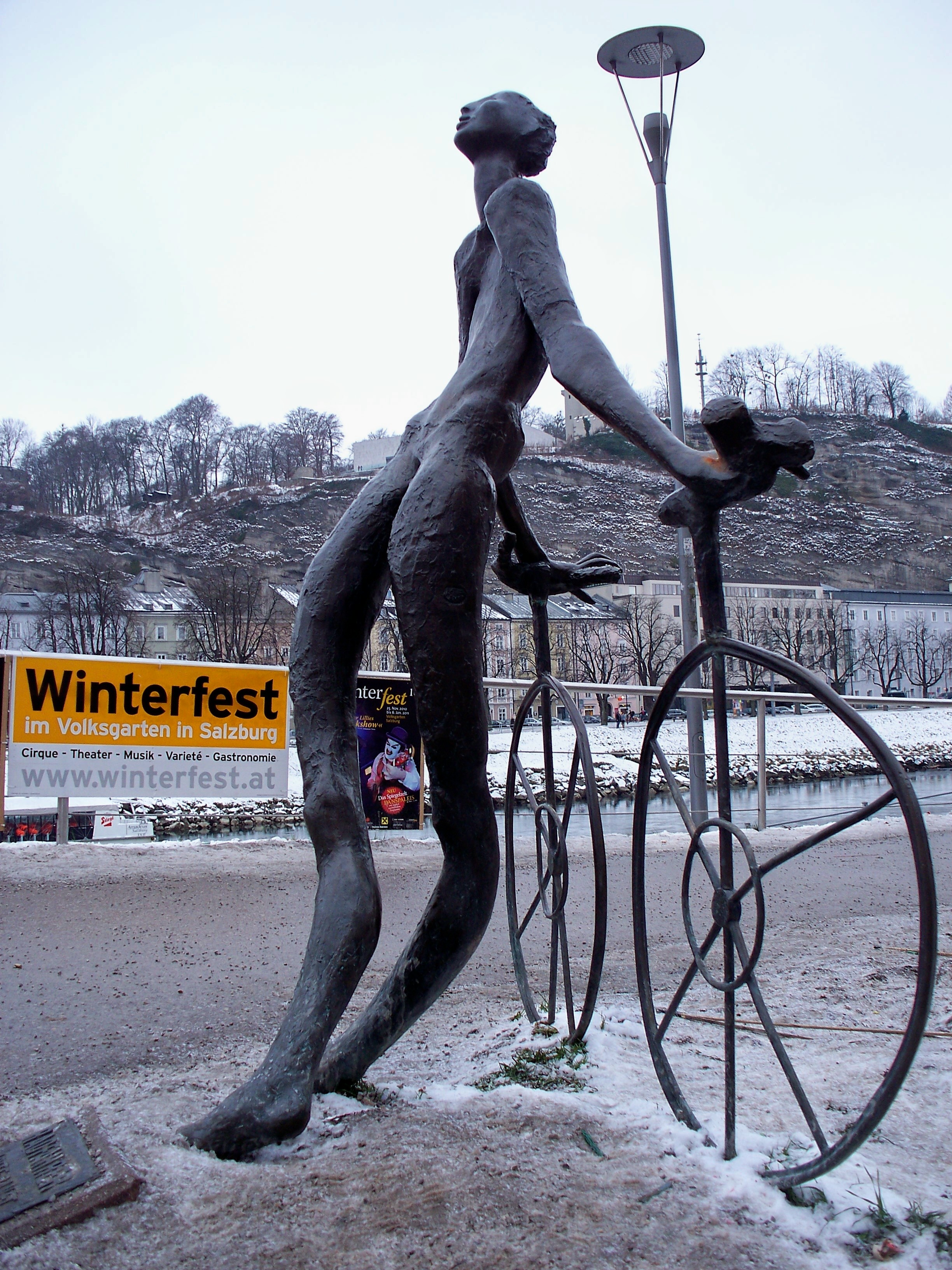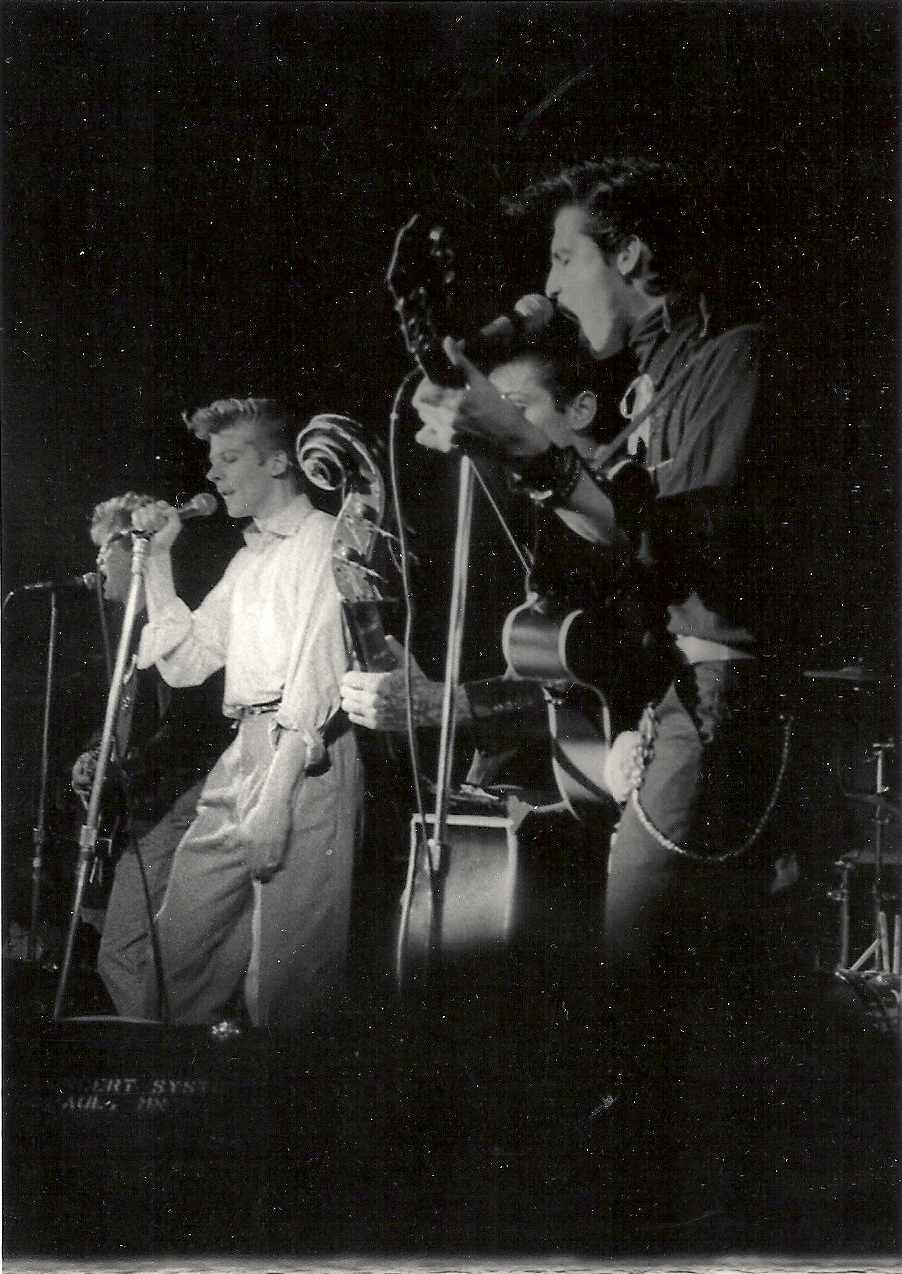24 April 2013

In the backlanes of the Christian Quarter in the Old City of Damascus, Syria, early morning deliveries are already under way.
As Syria crumbles inward under the weight of civil conflict (already more dead than all the Americans killed during the Vietnam War), and the refugee count rises to ridiculous proportions, it can be hard to recall that we were joyfully walking its streets a mere three years ago:
Wandering after dark through the narrow back lanes of the Christian Quarter in Damascus’ Old City, we started to notice that the only other people in the lanes were young and fairly pumped up, like they were heading to a party only they knew about. Their energy seemed to bounce off the enclosing stone walls of the silent compounds and courtyards of the Quarter, and with nothing else particularly on our minds, we fell into step behind them. Past another bend in the lane, across a point where two others joined, and now we were seeing further little knots and groupings of youth, all moving in the same direction. We’d been vaguely heading for Ananais’ Chapel, but now we were captivated by what might lie ahead. One more twist in the stone pathway and suddenly we emerged at the top of the steps above Bab Touma (Thomas’ Gate). Below us was teenage uproar. A packed mass of hipsters in hoodies and Dirty South gear, girls done up in pencil-jeans and four-inch heels, headscarves abandoned or transformed into exotic accessories, scooters revving at the curb, a freeflowing vibe of pumping cross-national energy ready for the night to roll on down. Lots of black males, everybody styling, all that vibrant tension of the evening just getting underway, cop station down the block but the cops staying cool . . . Who knew? Here was a total hip-hop scene on the steps of a stone gate in one of the most ancient—and repressed—cities in the world.
This was but one of many mind-bending moments during our time in western Syria. Now as we watch the denouement of the Assad regime, we are reminded that the status of the Assad clan as an Alawite religious minority meant they needed to cultivate support from other minority communities, such as the Christians who no doubt made up the majority of those kids on the steps of Bab Touma. Such tolerance (limited though it might have been) may no longer be available under the Islamist elements of the Free Syrian army.
What would never have been apparent without treading the roads of Syria is the swirling mix of cross-cultural elements that underpins the society. Even today, many Syrians seem to have family scattered strategically across the globe, which demonstrates a continuance of the longstanding Levantine merchant trading networks. It gives the whole culture a bit more of a cosmopolitan feel than, say, Jordan, where everybody seems more settled into the local landscape.
We knew in advance about Arab hospitality, but even so we were disarmed by the genuine, widespread warmth and friendship people extended to us. Many times in our travels we’ve been hesitant to announce that we’re from the US (and wouldn’t you expect Syria to be one of those places?) but often, after our response, eyes would light up, and we’d hear something like “Ameriki? America very good. We love Americans.” I can’t guarantee all those people were fans of our foreign policy, or anything like that, but they certainly were pleased to have a face-to-face encounter with a couple of average citizens.
The only possible evidence of anti-Americanism came on the outskirts of Damascus, where we whizzed by an elegant new steel-and-glass shopping mall. Its name: the “9/11 Center,” in bold, flashing neon. Anchor tenant? Target . . . so maybe it was simply meant as a memorial.
There’s more to say about Syria, but I’ll save that for another post. Next up: look for a Syrian gallery on the Travel Photos page.
